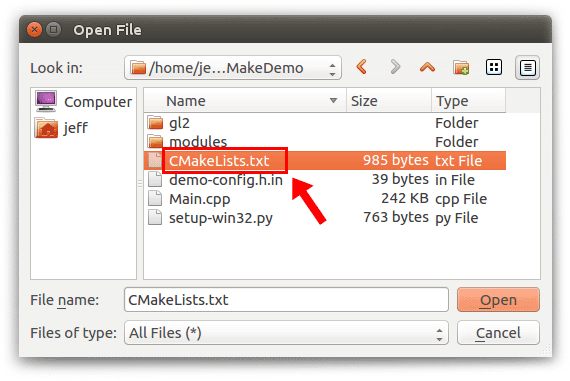


The BACKUP_ADMIN privilege is required to use these statements. The new backup lock is supported by LOCK INSTANCE FOR BACKUP and UNLOCK INSTANCE syntax. A new type of backup lock permits DML during an online backup while preventing operations that could result in an inconsistent snapshot.Traditional error logging is implemented using built-in components, and logging using the system log is implemented as a loadable component. Error logging was rewritten to use the MySQL component architecture.This includes the use of expressions as default values for the BLOB, TEXT, GEOMETRY, and JSON data types. It supports the use of expressions as default values in data type specifications.The default character set has changed from latin1 to utf8mb4.Encryption defaults are enforced by enabling the table_encryption_privilege_check variable. The default_table_encryption variable defines an encryption default for newly created schemas and general tablespace. Table encryption can now be managed globally by defining and enforcing encryption defaults.It supports the creation and management of resource groups, and permits assigning threads running within the server to particular groups so that threads execute according to the resources available to the group.It is not necessary for the DBA to invoke mysql_upgrade.
#Cmake set variable superset list of files upgrade#
The MySQL server automatically performs all necessary upgrade tasks at the next startup to upgrade the system tables in the mysql schema, as well as objects in other schemas such as the sys schema and user schemas.An atomic DDL statement combines the data dictionary updates, storage engine operations, and binary log writes associated with a DDL operation into a single, atomic transaction.MySQL incorporates a transactional data dictionary that stores information about database objects.Let’s now summarize some of the most important features mentioned in the official documentation for this new MySQL version. In this blog, we’ll mention some of the new MySQL 8.0 features, some deprecated stuff, and what you need to keep in mind before migrating. MySQL 8.0 has important performance and security improvements, and, as in all migration to a new database version, there are several things to take into account before going into production to avoid hard issues like data loss, excessive downtime, or even a rollback during the migration task.

MySQL 8.0 was released there, and more than 1 year after, it’s probably time to consider migrating to this new version. April 2018 is not just a date for the MySQL world.


 0 kommentar(er)
0 kommentar(er)
